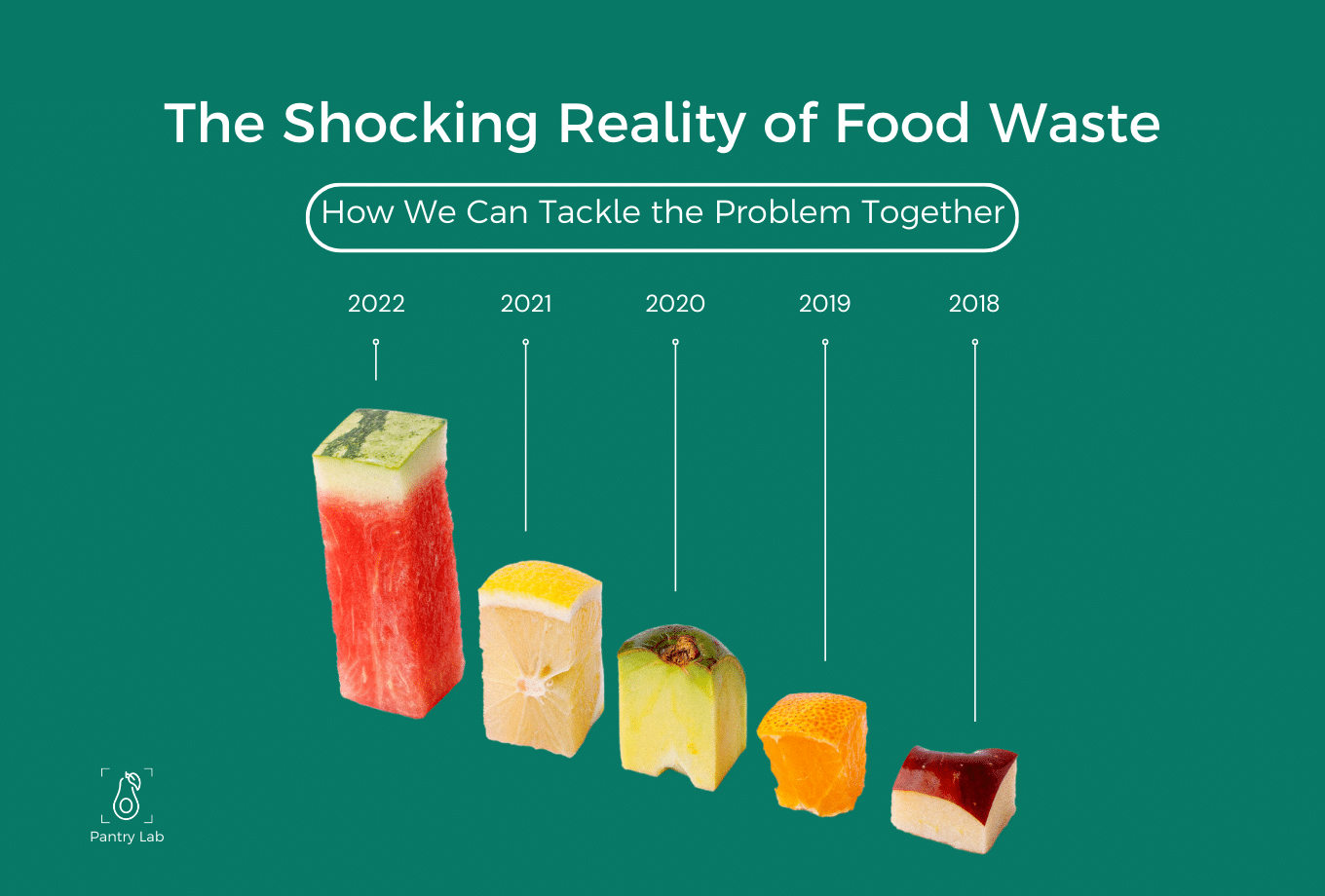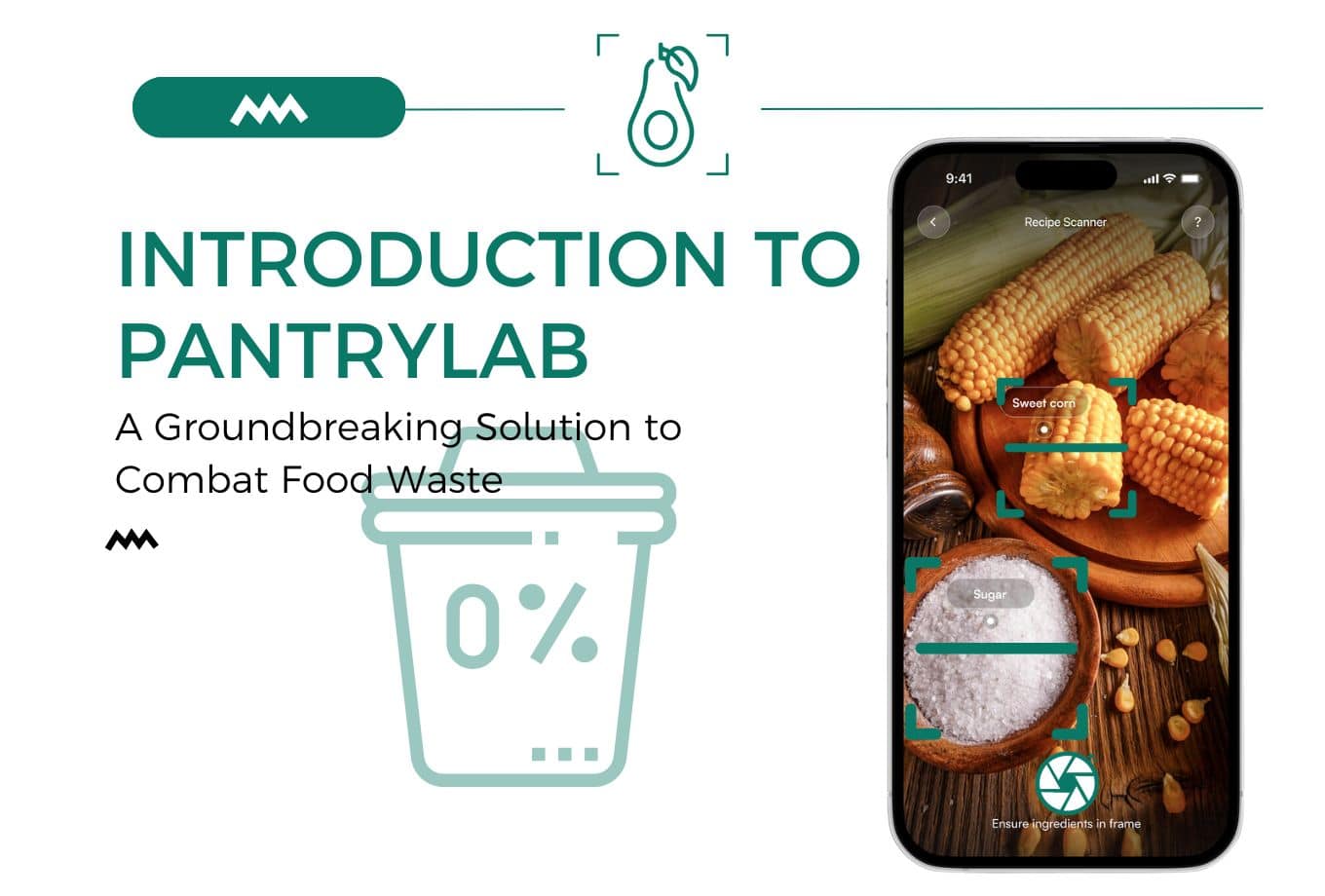
Introduction to PantryLab: A Groundbreaking Solution to Combat Food Waste
April 14, 2024Imagine strolling out of the supermarket with three brimming bags of groceries, only to toss one straight into the trash. Absurd as it sounds, this is precisely what we’re collectively doing on a global scale. Every year, approximately 1.3 billion tons of food—one-third of all food produced for human consumption—is lost or wasted [FAO, 2011]. This isn’t just a trivial mishap; it’s a colossal crisis with far-reaching economic, environmental, and humanitarian repercussions.
A World of Plenty and Poverty
In the world’s wealthiest nations, abundance has bred carelessness. Consumers in affluent countries discard nearly as much food (222 million tons) as the entire net food production of Sub-Saharan Africa (230 million tons) [FAO, 2011]. Supermarkets overflow with perfect produce, and households stock pantries beyond their needs, yet much of this food meets an untimely end in landfills.
The economic cost of this waste is staggering, reaching about $940 billion annually [FAO, 2015]. This sum could significantly impact global development if redirected—funding education, healthcare, and infrastructure in impoverished regions.
But perhaps the most jarring contrast is this: the food we waste could feed 2 billion people [UNEP, 2021]—more than twice the number of undernourished individuals globally. While we can afford to let food rot in our refrigerators, millions worldwide cannot afford a single nutritious meal a day.
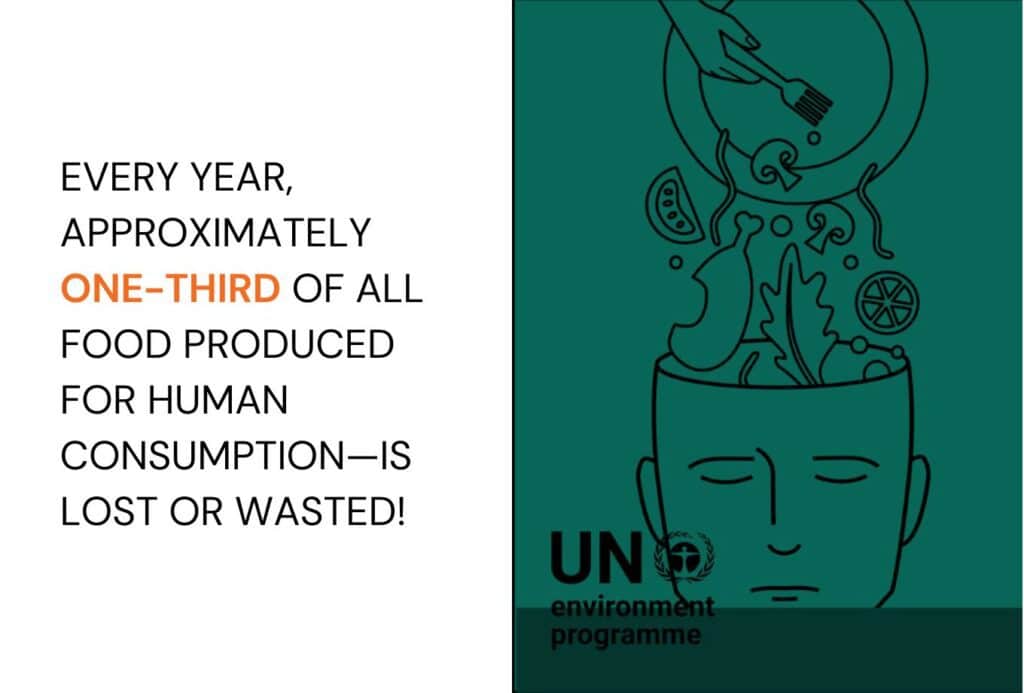
The Environmental Toll
Food waste isn’t just a moral or economic issue; it’s an environmental catastrophe.
- Greenhouse Gas Emissions: If food waste were a country, it would be the third-largest emitter of greenhouse gases, following China and the United States [FAO, 2013]. Decomposing food in landfills produces methane, a gas 28 times more potent than carbon dioxide over a 100-year period [EPA, 2020].
- Water Waste: Discarding one hamburger wastes as much water as a 90-minute shower [Water Footprint Network, 2012]. It takes 1,800 gallons of water to produce a single pound of beef.
- Land Use: An area larger than China is used to grow food that is never eaten [FAO, 2013]. This leads to unnecessary deforestation, habitat destruction, and loss of biodiversity.
- Energy Consumption: The energy squandered on producing food that ends up wasted is equivalent to the electricity consumption of the entire continent of Africa for a year [FAO, 2015].
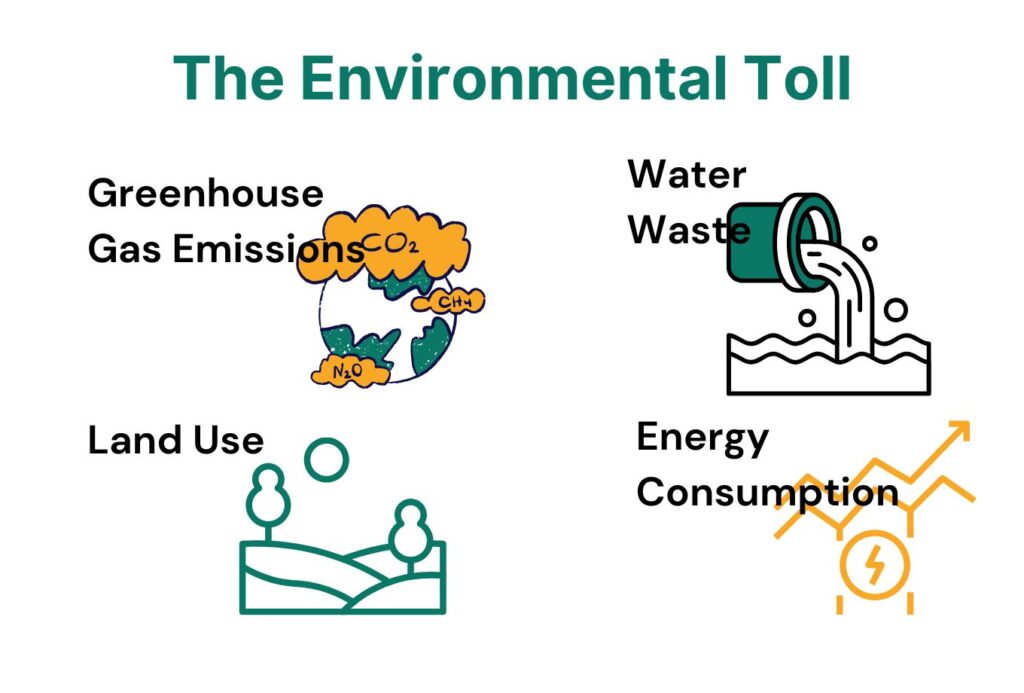
Personal Actions, Global Consequences
It’s easy to view food waste as an abstract global issue, but it begins at home. In the United States, an average family of four throws away approximately $1,500 worth of food annually (NRDC, 2017). This isn’t just money lost—it’s resources squandered and opportunities missed to make a positive impact.
In the Netherlands, food waste is equally staggering. Dutch households waste around 34 kilograms of solid food per person each year, costing each person over €120 annually (Netherlands Nutrition Centre, 2020). Although this represents a decline from previous years, it remains a major issue, with Dutch consumers accounting for 23% to 32% of the country’s total food waste (Factsheet Food Waste, 2020).
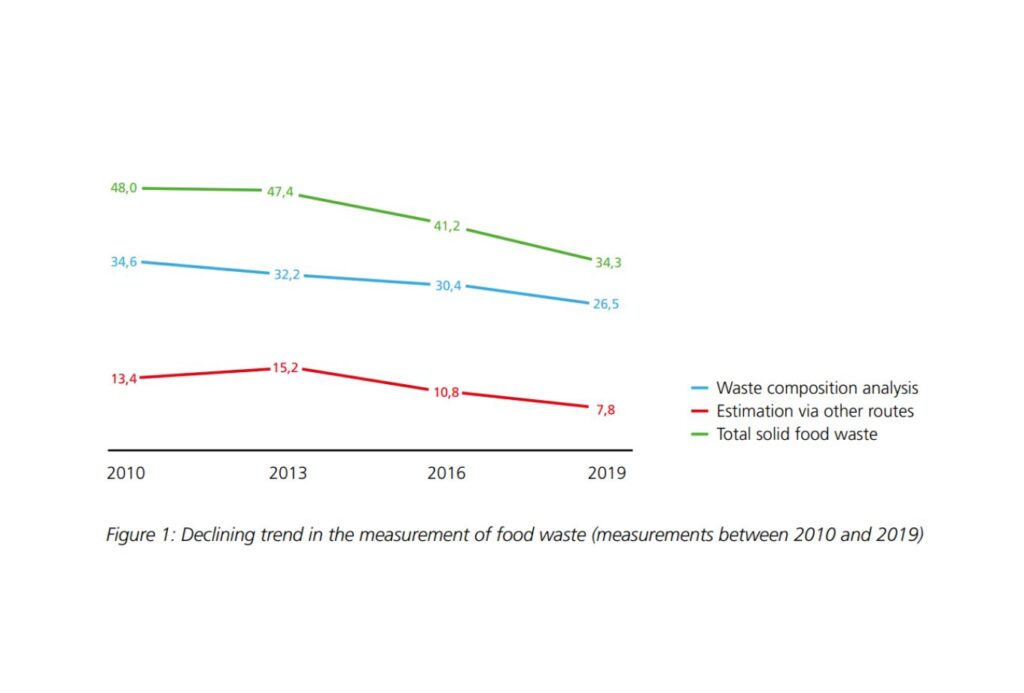
Reducing personal food waste by just 15% in the United States could feed 25 million Americans each year (NRDC, 2017). In the Netherlands, cutting food waste at the consumer level could save around 100 million kilograms of food annually, contributing significantly to the country’s goal of halving food waste by 2030 (Government of the Netherlands, 2018).
- Cutting Food Waste vs. Other Popular Environmental Actions
When it comes to combatting climate change and resource depletion, people often focus on high-profile solutions like reducing carbon emissions from transportation or shifting to renewable energy. However, cutting food waste is one of the most effective and immediate actions we can take, often yielding faster and broader results than many popular strategies. Let’s break it down:
- Climate Change Mitigation
- Electric Vehicles (EVs) vs. Reducing Food Waste: While switching to electric vehicles is crucial for reducing transportation emissions, cutting food waste has a more immediate impact on greenhouse gas reduction. The food wasted globally contributes to 8% of total global emissions—a staggering figure that surpasses the emissions from the entire aviation industry. In contrast, the shift to electric vehicles, though important, will take time to scale up. Reducing food waste, however, can be acted on immediately by individuals and businesses alike (Source: FAO).
- Plant-Based Diets vs. Reducing Food Waste: While adopting a plant-based diet is an excellent way to reduce one’s carbon footprint (as livestock farming generates significant emissions), it may take years for widespread dietary changes to occur. Reducing food waste, on the other hand, addresses the problem on both ends: regardless of what people eat, the simple act of wasting less food slashes greenhouse gas emissions across the board (Source: Project Drawdown).
- Resource Conservation
- Water Savings: The water used to produce wasted food each year is staggering, enough to fill Lake Geneva three times. While installing water-saving technologies like low-flow showerheads and toilets is commendable, these efforts pale in comparison to the savings achieved by reducing food waste. For example, throwing away a single hamburger wastes the same amount of water as a 90-minute shower (Source: Water Footprint Network). Thus, reducing food waste is an incredibly efficient way to save our most precious resource.
- Land Use and Deforestation: Over 30% of the world’s agricultural land is used to grow food that ends up wasted (Source: FAO). Halting deforestation is crucial to preserving biodiversity and reducing carbon emissions, but reducing food waste could alleviate the pressure on forests by decreasing the need for farmland. In other words, cutting food waste can help save forests without planting a single tree.
- Economic Benefits
- Energy-Efficiency Measures vs. Reducing Food Waste: Businesses and households often invest in energy-efficient appliances or renewable energy sources to lower costs and reduce their carbon footprint. While these are important investments, the economic returns from reducing food waste are much more dramatic. Studies show that for every $1 invested in food waste reduction, businesses can save $14 in operational costs.
- Comparative Impact
Reducing food waste is a multifaceted solution that tackles several problems simultaneously—greenhouse gas emissions, water use, land use, and hunger. While many environmental actions focus on a single issue (like transportation emissions or energy use), cutting food waste addresses multiple challenges at once. In fact, reducing global food waste by just 25% would have the same impact as removing 515 million cars from the road (Source: FAO).
Conclusion
By reducing food waste, we can make a substantial and immediate impact on the environment, far exceeding the gains from many other popular actions. While shifting to electric cars or adopting plant-based diets are vital long-term strategies, food waste reduction is a high-leverage, immediate solution with wide-ranging benefits. The scale of the waste is so enormous that even small changes in behavior can ripple out to have major global effects.
This is where Pantry Lab comes in. At Pantry Lab, we are on a mission to empower individuals, households, and businesses to become part of the solution. Our platform uses AI and machine learning to help users track their food usage, identify what’s nearing expiration, and offer tailored suggestions for meals that use ingredients already in your kitchen. By doing so, we aim to significantly reduce food waste at the source—your pantry.
Pantry Lab provides:
- Smart Food Management: Through innovative food-tracking technology, users can input or scan items into their digital pantry and receive notifications when food is at risk of going to waste.
- Personalized Meal Planning: Our system suggests recipes based on ingredients you already have, minimizing the need for unnecessary purchases and ensuring that nothing goes to waste.
- Food Waste Insights: We provide personalized reports to show how much food you’ve saved from being wasted and its positive environmental impact, motivating continued change.

But our innovation doesn’t stop there. Pantry Lab is more than just an app; it’s a community-driven movement. With the help of our users, we aim to transform the way people think about food and waste. By partnering with schools, local organizations, and businesses, we will scale this movement, educating younger generations about the importance of reducing food waste while offering solutions for homes and commercial kitchens alike.
Through PantryLab, even the smallest actions—like using that leftover carrot or avoiding a last-minute trip to the store—become meaningful contributions to solving a global problem. Our goal is to not only help users save time and money but also to make them active participants in the fight against climate change.
Together, we can achieve substantial and lasting change. With every meal saved, every ingredient used, and every report shared, PantryLab and our users will reshape the future of food waste management—one pantry at a time.

